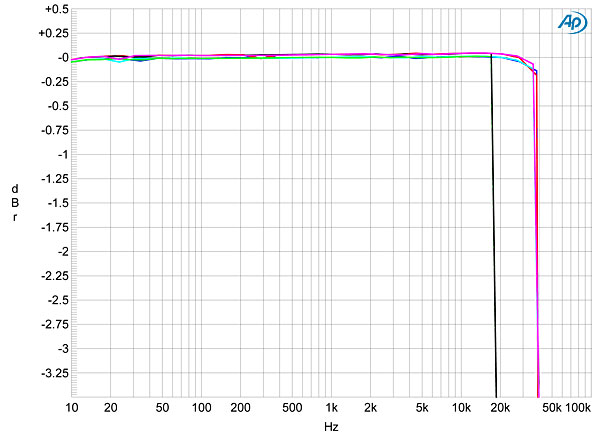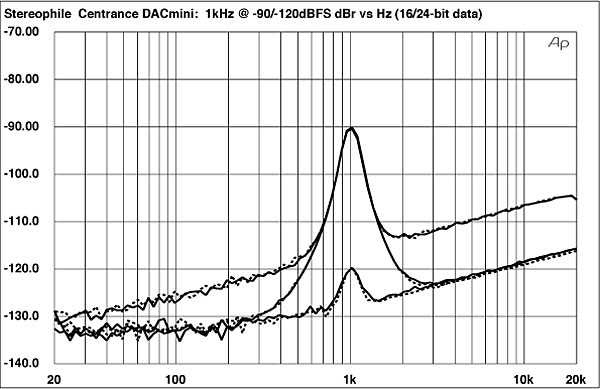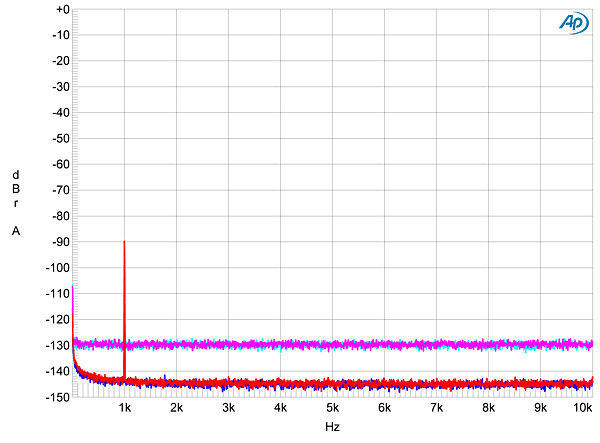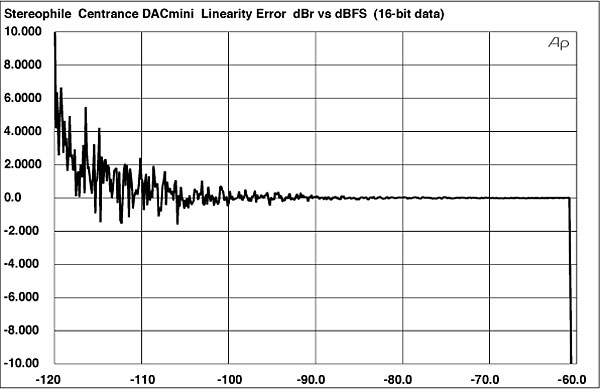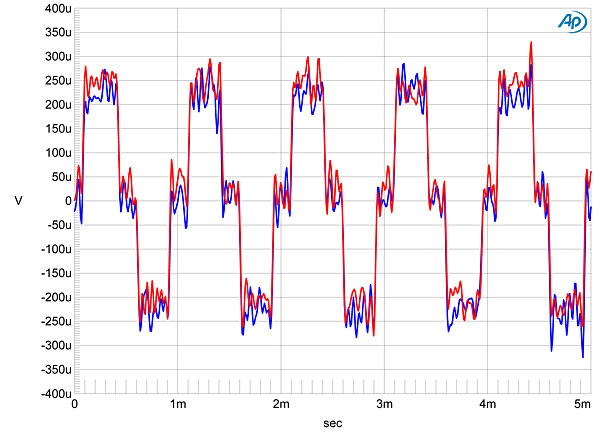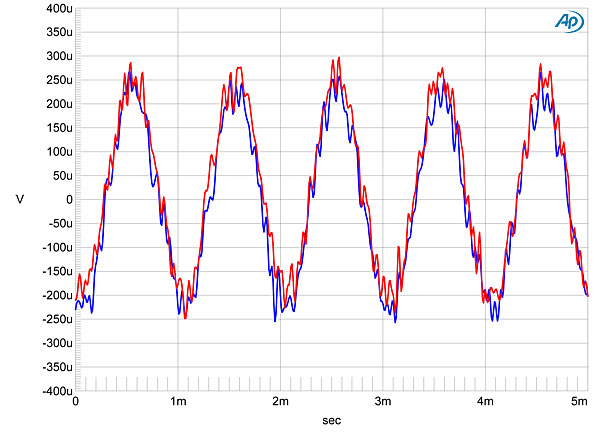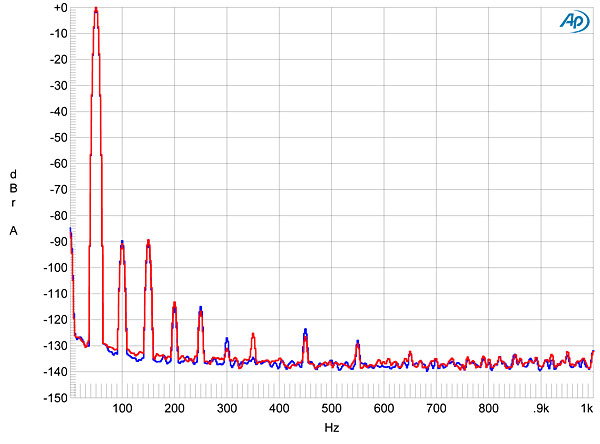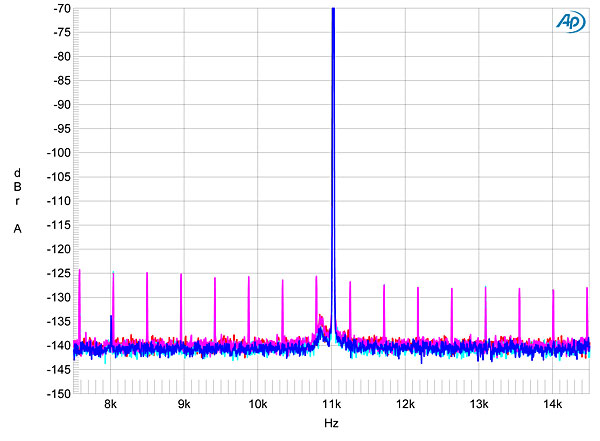| Columns Retired Columns & Blogs |
Did you make those emails up? Or juice'd the names to protect the guilty?
Had fun reading your article, and it was informative too. It's hard to keep up with all the new digital/computer audio developments. Please stay busy!
Cheers,
Will
